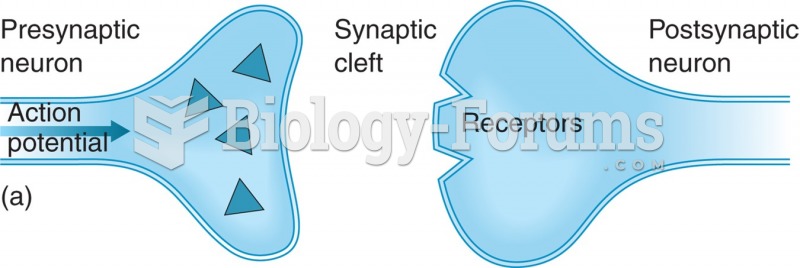Answer to Question 1
Correct Answer: 2
Rationale 1: Tacrine does not alter white blood cell counts or affect any neurotransmitters that are associated with depression or psychosis.
Rationale 2: Jaundice is indicative of liver impairment; liver toxicity is a side effect of tacrine.
Rationale 3: Tacrine does not alter white blood cell counts or affect any neurotransmitters that are associated with depression or psychosis.
Rationale 4: Tacrine does not alter white blood cell counts or affect any neurotransmitters that are associated with depression or psychosis.
Global Rationale: Jaundice is indicative of liver impairment; liver toxicity is a side effect of tacrine. Tacrine does not alter white blood cell counts or affect any neurotransmitters that are associated with depression or psychosis. Tacrine does not alter white blood cell counts or affect any neurotransmitters that are associated with depression or psychosis. Tacrine does not alter white blood cell counts or affect any neurotransmitters that are associated with depression or psychosis.
Answer to Question 2
Correct Answer: 3, 4, 5
Rationale 1: Bananas are high in vitamin B6, which interferes with the effectiveness of levodopa.
Rationale 2: Green, leafy green vegetables are high in vitamin B6, which interferes with the effectiveness of levodopa.
Rationale 3: Vitamin B6 will interfere with the effectiveness of levodopa. Citrus fruits may be included in the diet because they are low in vitamin B6.
Rationale 4: Vitamin B6 will interfere with the effectiveness of levodopa. Chocolate may be included in the diet because it is low in vitamin B6.
Rationale 5: Vitamin B6 will interfere with the effectiveness of levodopa. Red meat may be included in the diet because it is low in vitamin B6.
Global Rationale: Vitamin B6 will interfere with the effectiveness of levodopa. Citrus fruits, chocolate, and red meat may be included in the diet because they are low in vitamin B6. Bananas and green, leafy vegetables should be avoided because they are high in vitamin B6.







